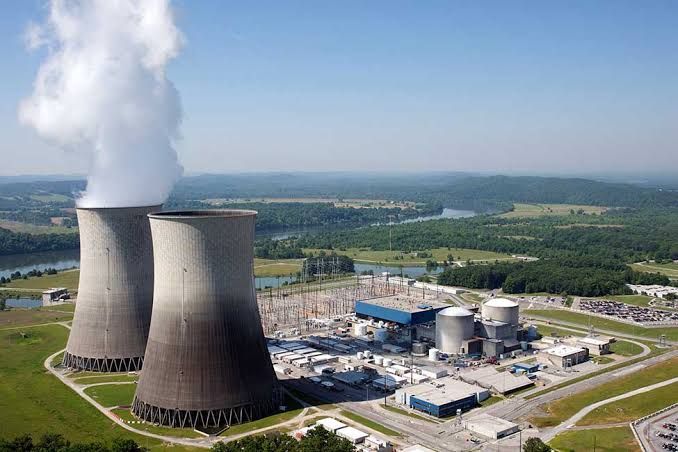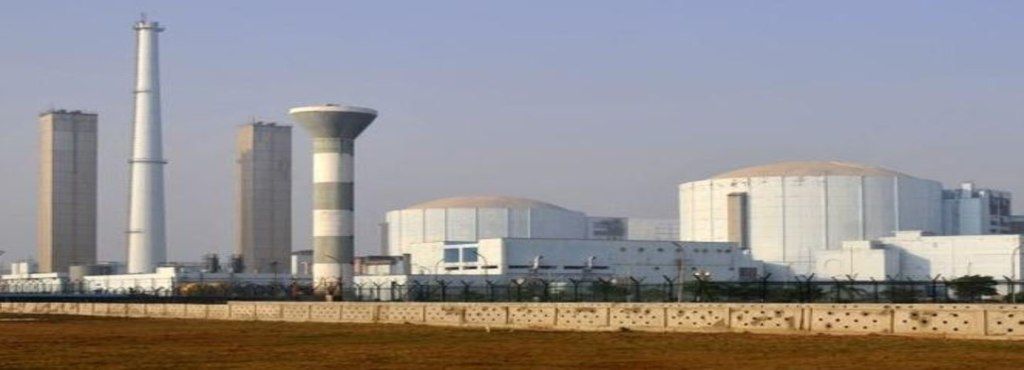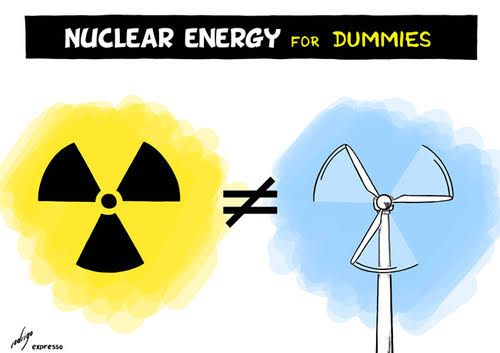Environmental Impacts Of Nuclear Energy
Apr 08, 2019 • 35 views
Whenever protest starts against non-renewable energy sources, we give renewable sources as the solution. But are renewable sources free of environmental impact? Controversies arise when considering nuclear energy as renewable or non-renewable energy source. You could classify nuclear energy as non-renewable because uranium and similar fuel sources are finite. On the other hand, some people consider nuclear energy renewable because the element thorium and other new technologies may provide infinite fuel.

The main environmental impact of nuclear power comes in the construction of the plant, fuel procurement and thermal load of the cooling water discharged into the sea during operation. Nuclear-based electricity production does not create carbon dioxide or other greenhouse gas emissions directly. But, high amounts of carbon dioxide are emitted in activities related to building and running the plants.
Also, nuclear power plants use uranium as fuel. The process of mining uranium releases high amounts of carbon dioxide into the environment. Finally, the transport of radioactive waste also causes carbon dioxide emissions.
Nuclear power plants constantly emit low levels of radiation into the environment. Various scientific studies have shown an increased rate of cancer among people who live near nuclear power plants. Also, long-term exposure to low level radiation has been shown to damage DNA.

There are several issues with burying the radioactive waste. Waste would be transported in large trucks. Again if an accident happens, the radioactive waste could possibly leak. Another issue is uncertainty about whether the leak continues after the waste is buried.
Cooling systems are used to keep nuclear power plants from overheating. There are two main environmental problems associated with nuclear power plant cooling systems. First, the cooling system pulls water from an ocean or river source. Fish are accidently captured in the cooling system intake and killed. Second, the used water is returned to the ocean or river. The returned water is approximately 25 degrees warmer than the initial water which can kill marine life.
Safety precautions cannot guarantee that an accident in the nuclear power plant will not occur. If an accident occurs, the environment and surrounding people could be exposed to high levels of radiation. The 2011 accident at the nuclear power plant in Fukushima, Japan is one of the worst nuclear disasters in history. The reactors were destroyed by a tsunami following a major earthquake. Terrorism threats are another concern that needs to be addressed.

When reviewing the entire production lifecycle, the climate impact of operating nuclear power is similar to that of wind, solar or hydropower.
Above all, high level nuclear safety and radiation safety are key factors in managing the environmental impacts of nuclear power.
Supporters of nuclear energy argue that it is an efficient source of energy that is easy to implement. People against nuclear energy propose using combined methods of solar, wind and geothermal energy. Solar, wind and geothermal energy still have environmental issues, but not much as nuclear plants or coal-burning power plants.
